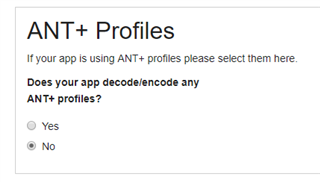(episode n in my effort to read my connected devices)
I have a Varia UT-800 front light and I'm trying to access the battery level. When the network is formed, I can see the light in the LightNetwork.getBikeLights() list but even though the LightNetwork is a subclass of Device, the getComponentIdentifiers() list is null so I can't use Device.getBatteryStatus(identifier). How is the reading of the battery level done?
Thanks in advance,
Nik



